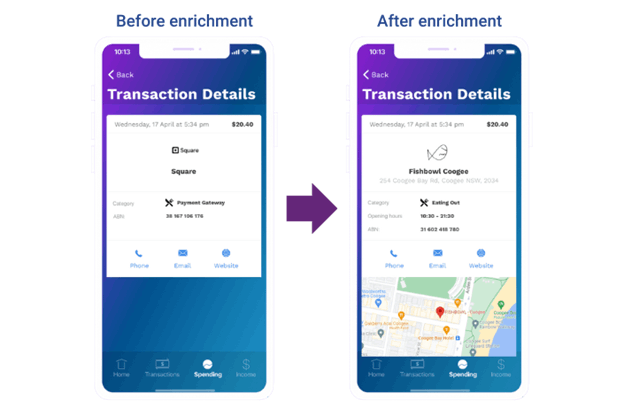Australia has one of the most developed and advanced payment systems in the world with most transactions made with electronic payment methods1. Within a decade, the number of electronic transactions per person on average jumped 117% and around 75% of these transactions are debit and credit cards1.
With so many payment transactions performed digitally and the expectation this this will continue to increase by an annual growth rate of more than 14% to 20272, this led to a growing demand for efficient and secure payment service providers. Enter payment gateways.
Payment gateways – such as PayPal, Square, Stripe, eWay and SecurePay – have become an important part of the e-commerce industry as they offer an easy and highly secure method for customers to make payments.
Payment gateways and how they work
A payment gateway is technology used by merchants to accept debit or credit card payments, whether online or in-store, from customers when they purchase products or services.
Payment gateways essentially act as conduits that pass transaction information from the merchant to the appropriate bank. At a high level, here is how they work:
| 1 | The customer makes a card payment. This could be online or in-person using a card reader. |
| 2 | The payment gateway passes the transaction information to the acquiring bank, determines the card network being used (such as Visa, MasterCard, EFTPOS, American Express etc) and routes the transaction information to a payment switch. |
| 3 | The payment switch then routes to the issuing bank and pushes the transaction information to the card network. |
| 4 | The issuing bank completes fraud checks, confirms the customer has sufficient funds and approves or rejects the transaction. |
| 5 | This information is sent back to the card network, the merchant’s bank and the payment gateway. |
The advantages of payment gateways and the limitations for consumers and banks
There are many reasons why merchants choose to use payment gateways. Some of these include:
- Increased security – Data transferred is encrypted and can’t be accessed by anyone other than the merchant and the customer, protecting both from card fraud.
- Increased efficiency – It can help reduce the cost of processing payments, streamline checkout processes and decrease time wasted on administrative tasks.
- Greater flexibility and better customer experience – It allows merchants to accept payments from a wider range of customers and provide customers with more options to pay for their purchases quickly and easily.
- Increased sales – Payment gateways enable merchants to accept payments from anywhere in the world, without the burden of fraud or chargebacks.
There are also many reasons why consumers choose to use payment gateways, such as:
- Faster checkout experience – Consumers can avoid having to enter their personal and card details each time they checkout, saving time.
- Increased security – Financial details are security encrypted, and consumers are usually protected with a buyer protection policy if something does go wrong.
- Payment flexibility – Consumers are able to add different types of accounts such as debit cards, credit cards and bank account details, and can choose what they want to use at the checkout.
While there are many advantages of using payment gateways for merchants and consumers, they do present challenges for banks and customers to understand transactions in more detail. When a bank customer looks at transaction they have made using a payment gateway, there is limited information. This can cause confusion and frustration for customers trying to decipher where they’re spending and on what and make it harder for them to understand their financial health.
For banks and fintechs, the impact can be expensive and time consuming, with higher call centre traffic and chargebacks due to “transaction not recognised” enquiries. Additionally, it makes it harder for banks and fintechs to glean insights from this data and make better decisions.
The power of transaction enrichment

Using a transaction enrichment solution, you can provide your customers with instant clarity on what, where and how much they’re spending in real-time. We process over 7 billion transactions per month with a match rate of 98% and provide accurate, in-depth detail on up to 50 transactions in less than 35ms, so you and your customers can understand transaction data fast.
You and your customers will see more detailed information about each payment gateway transaction, and not just the category. Customers can more easily identify the merchant associated with a payment gateway transaction and link the appropriate spend category.
Enriched transaction data can also help you reduce call centre traffic and chargebacks from your customers not recognising the payment gateway transaction. Additionally, you can better monitor transaction trends and patterns over time, as well as improve data driven affordability and creditworthiness decisions.
We are trusted by more than 30 banks and fintechs across Australia to enrich transaction data and the solution is easy to integrate into existing digital applications.
If we can assist your business in providing greater clarity of transaction data, please get in touch with us using the form below.
Contact Us
References:
[1] The Evolving Retail Payments Landscape, Reserve Bank of Australia
[2] Digital Payments – Australia, Statista
